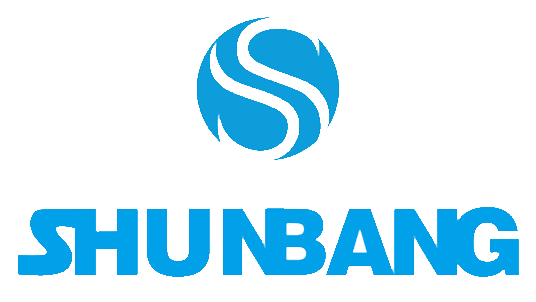- Home
-
Products
- Optical brightener
- PVC Resin
- Chlorinated Polyethylene(CPE)
- Paraffin Wax
- PE WAX
- PVC Edge Banding
- Stearic Acid
- Stabilizer
- PVC RESIN SG5
- Fischer Tropsch Wax
- Titanium Dioxide(TIO2)
- PVC RESIN SG3
- PVC RESIN SG8
- Calcium Carbonate
- Fully Refined Paraffin Wax
- Semi Refined Paraffin Wax
- Heavy Calcium Carbonate
- Precipitated Calcium Carbonate
- PVC Edge Banding For Furniture
- PVC Edge Banding For Office
- PVC Edge Banding For Cabinet
- Calcium Carbide
- About Us
- News
- Video
- Contact
- Send Inquiry
Language
Henan Shunbang Chemical Industry CO.,Ltd
[Henan,China]
Business Type:Distributor/Wholesaler Main Markets: Africa , Asia , Middle East Exporter:21% - 30% Certs:ISO9001 Description:titanium dioxide,tio2 titanium dioxide,titanium dioxide tio2,titanium dioxide rutile tio2
